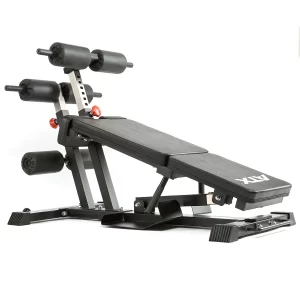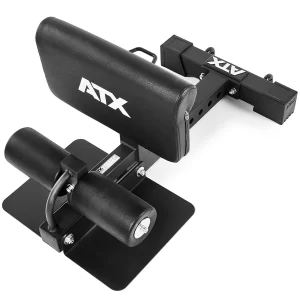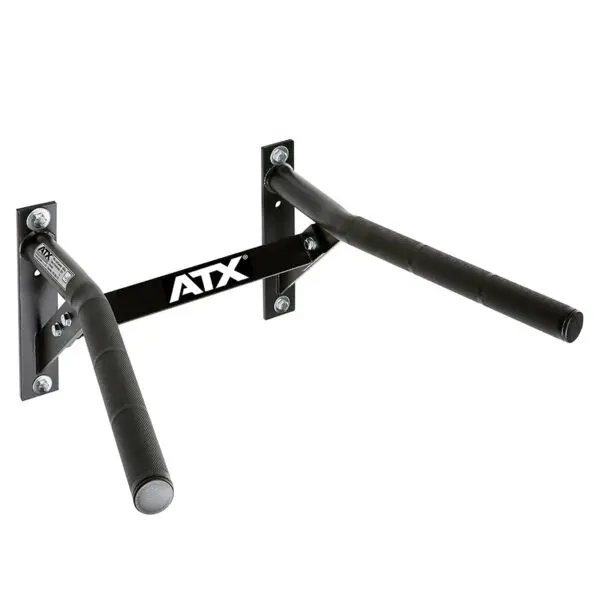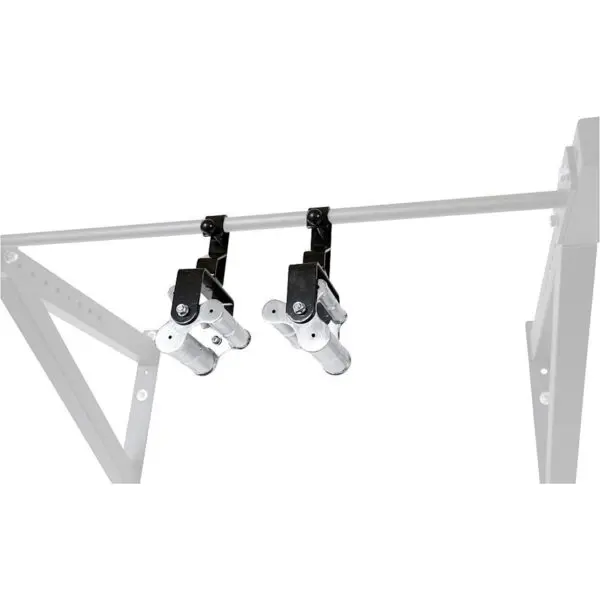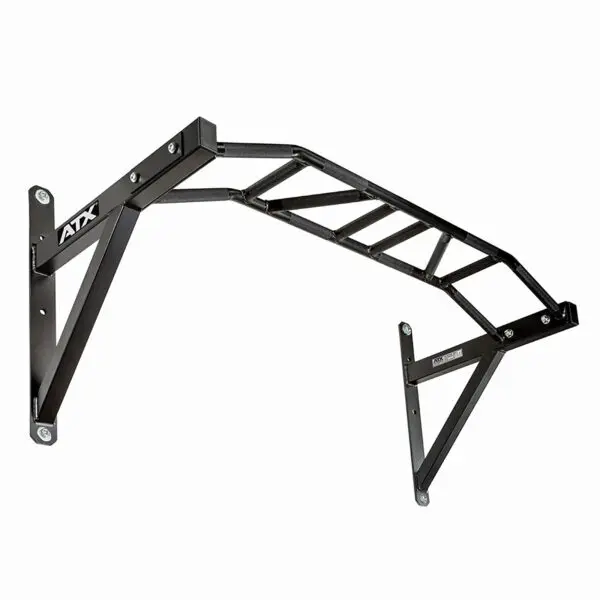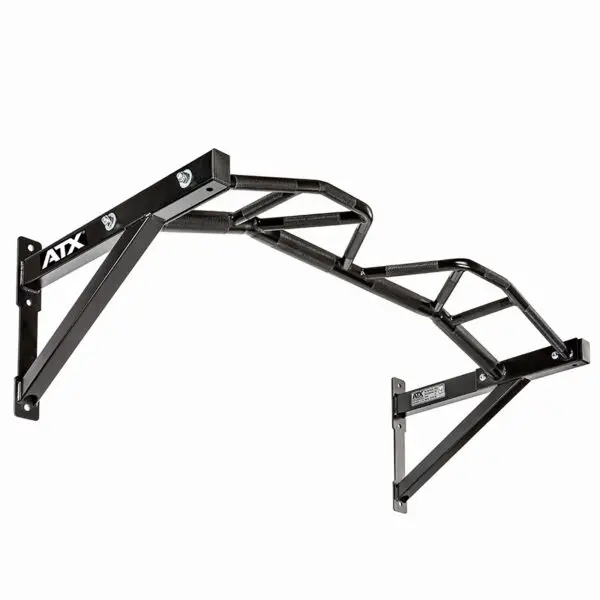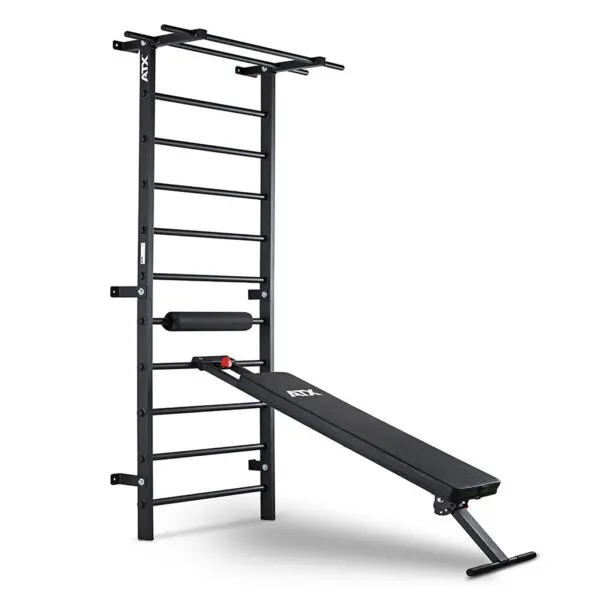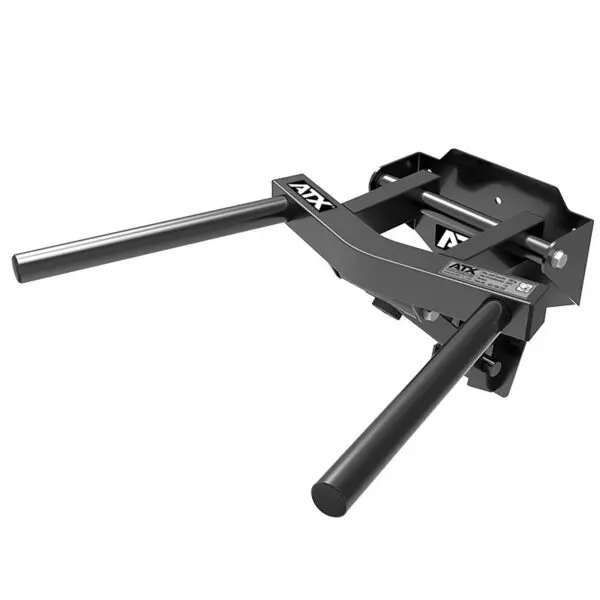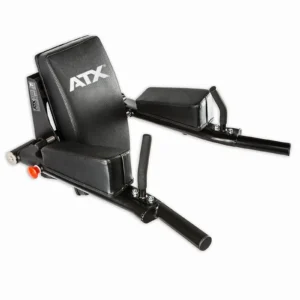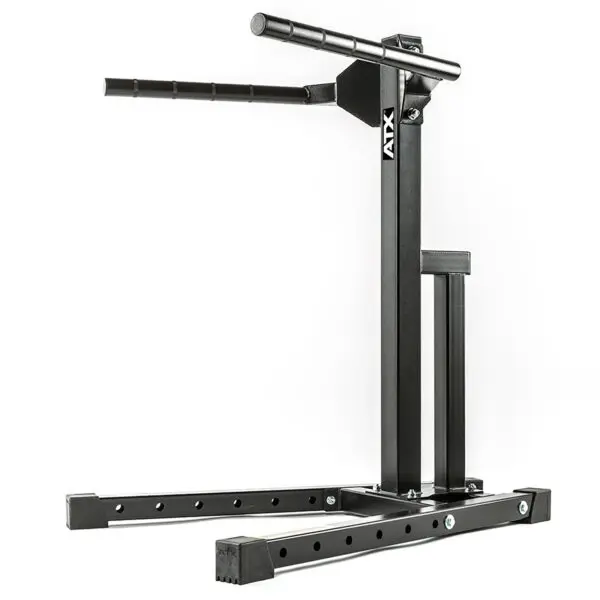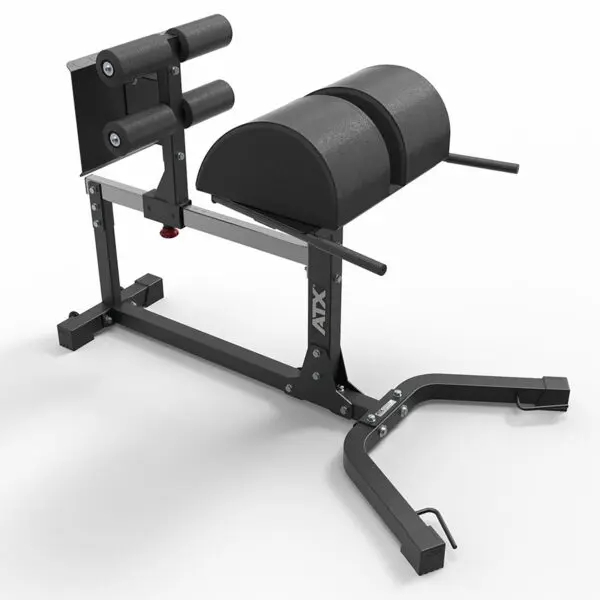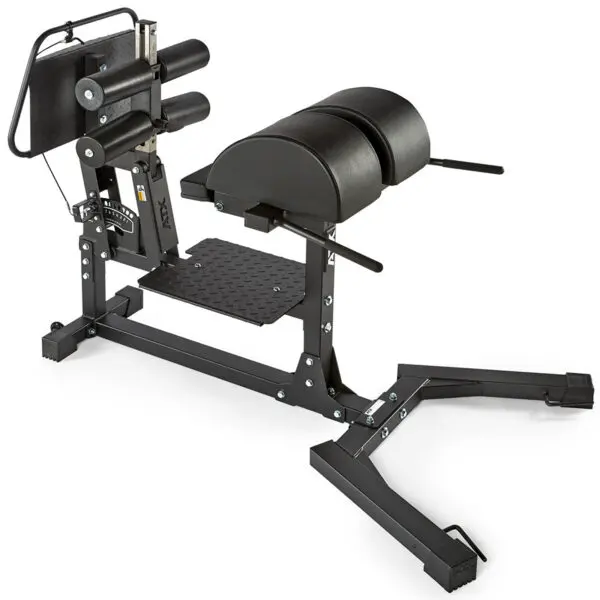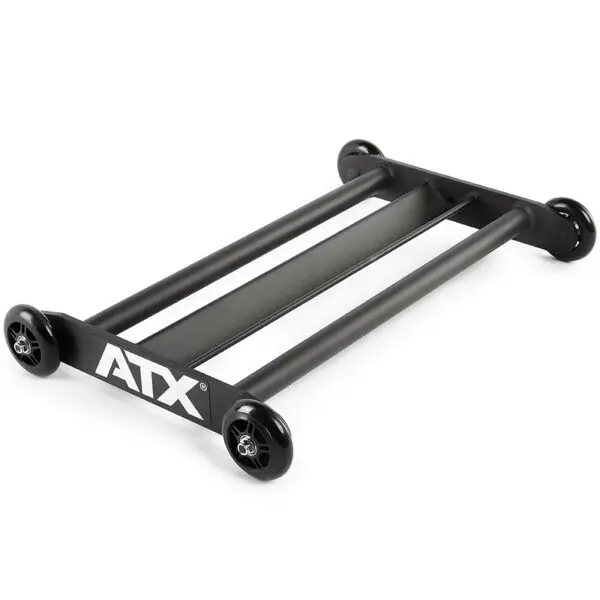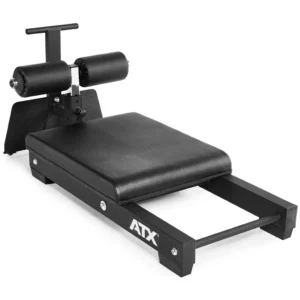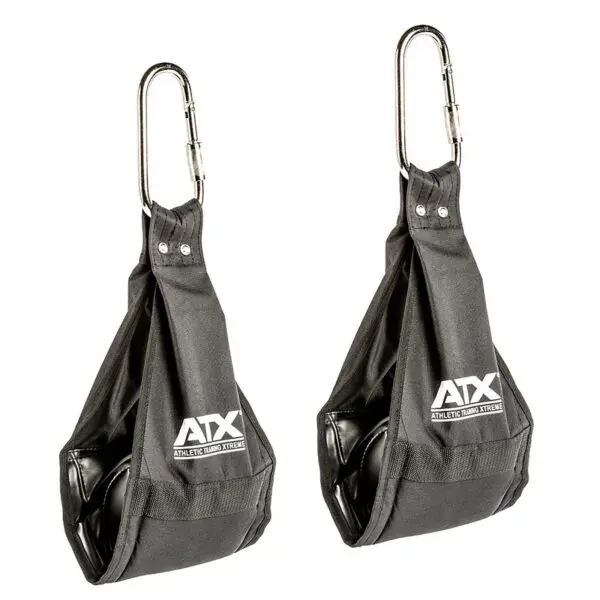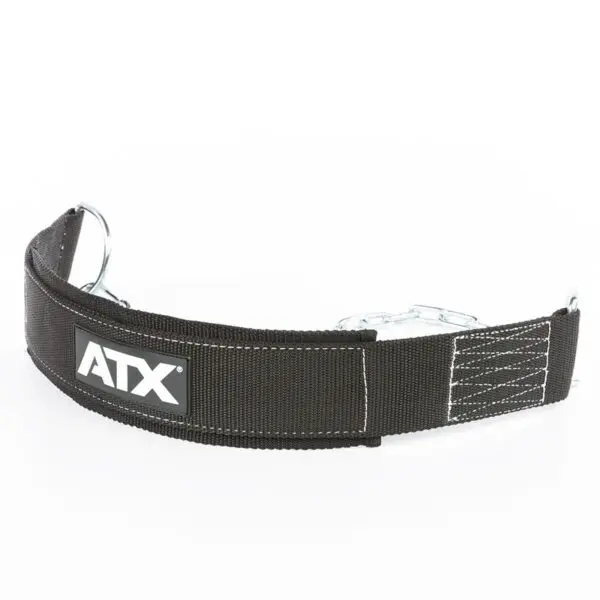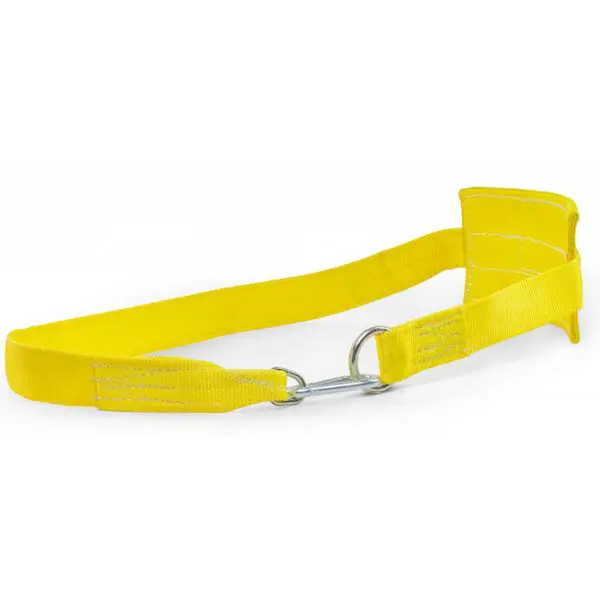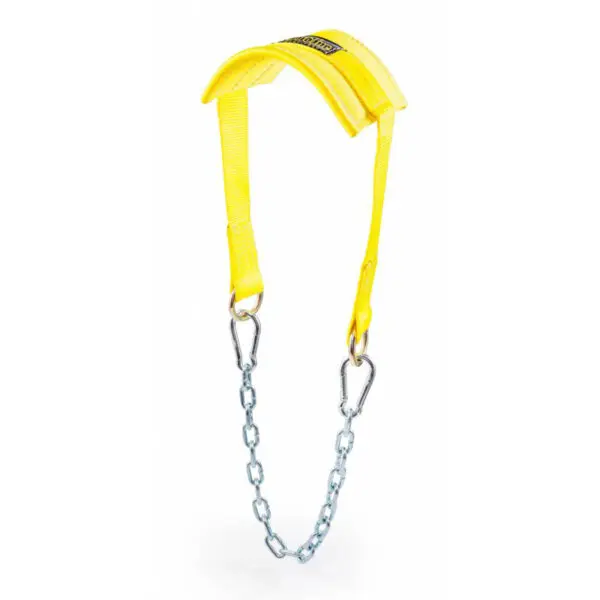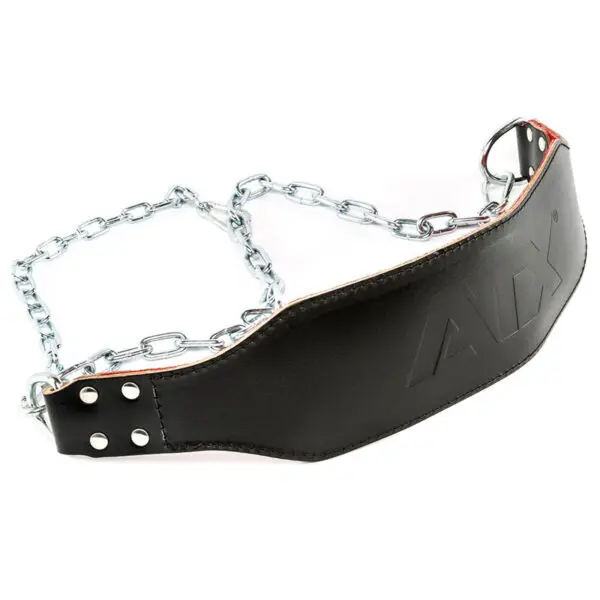Training with your own weight
Never discount the results you can get from serious bodyweight training. Exercises like chin-ups, dips, vertical knee raises, and hyperextensions all build strength and muscle.
Bodyweight gym equipment is devised for your use during exercises where your bodyweight, combined with gravity, provides the resistance. These very simple yet highly effective exercises – like push-ups and chin-ups – are used by the military or police departments around the world to measure physical fitness.
Abs & Core Work
Working your abs and core using your own bodyweight is often the most effective way to perform these exercises. Machines using weight plates or weight stacks are not necessary. To work your abs, crunches on the floor are always a staple. You can’t beat hanging knee or leg raises from your chin up bar (yet another reason why they are the best investment for your gym!) to get a serious ab workout.
Hyperextensions are another piece of equipment on which you can do quality exercises where weights are required. This not only strengthens your back, but also allows you stretch it as well.
Glute Ham Developers is a machine that works the entire posterior chain and has gained popularity in recent years. This is a brutal exercise with bodyweight alone.
Suitable for all levels
Bodyweight exercises are generally suitable for all weight trainers, regardless of experience level. For adults starting out, they will generally be carrying a little extra weight and won’t have the necessary strength to complete a chin-up or dip. With the aid of a resistance band, you can perform assisted dips and chin ups or you can just work on the eccentric part of the movement until your strength progresses.
For the serious trainer who has plenty of strength, you can add weight to your dips or chin-ups with a dip belt. For exercises like hyperextensions and glute ham raises, you can use a resistance band or weight plate to add resistance.
The Bodyweight Experts
When you browse through our bodyweight equipment, you will see that Barbarian Line is featured heavily. This European fitness brand is a market leader when it comes to wall mounted bodyweight gym equipment, as space efficiency is a top priority for European customers.
On top of space efficiency, European customers also demand exceptional quality. All Barbarian bodyweight equipment are superbly designed and finished to last forever.
Some advice on wall-mounted gym equipment: it is strongly recommended that you seek advice from a professional before bolting these things to your walls. The Barbarian units do not come with bolts. This is because the type of bolt you require may vary according to the material of the wall you are attaching it to.
Accessories
Suspension trainers have not only become popular, but also highly versatile and effective. You can suspend these from your power rack, chin up bar or any beam that will support your weight with ease.
A vertical knee raise is a piece of equipment for doing knee or leg raises.
Spud Inc makes excellent Hanging Ab Straps which enable you to do this great exercise from your squat rack or pull up bar when you don’t have the room in your gym.
Start Your Training Today
If you have heard the buzz about weight training being beneficial for the health and well-being of people of all ages, you may want to dip your toes in the water and give it a try. Many people, myself included, feel uncomfortable training in commercial gyms for many reasons. The idea of training in your own home gym is appealing.
Bodyweight training equipment is ideal for trainers who are just starting out. This type of training is generally safer (provided you do it correctly), but it is highly effective. Plus the equipment doesn’t require a lot of space or financial investment. There is a huge chance that you will be more than impressed with the results and may end up getting bitten by the weight training bug!
The Exercises
Bodyweight gym equipment is often relatively inexpensive and take up much less space when compared to multi gyms or power racks. The list of bodyweight exercises is massive but the three most popular exercises are chin-ups, dips, abs or core work. All these exercises help you to get fit without breaking the bank. The majority of bodyweight gym equipment will focus on these areas.
Chin-ups
Even people who are not familiar with weight training will most likely know about chin-ups. For a simple exercise that requires simple equipment, this exercise packs a lot of punch. Chin-ups work your back, shoulders and biceps. It is classified as a compound exercise because it works on your multiple muscle groups. Compound exercises such as this are simply the best way to build your muscle and strength.
A wall- or ceiling-mounted option is ideal for gyms that need to save on precious floor space. Wall mounting also makes the chin-up bar much more affordable than offering it in a stand-alone machine format.
Dips
While chin-ups target your back and biceps, dips focus on your chest, triceps as well as shoulders, making it a perfect compliment to chin-ups. Many an impressive upper body has been built on dips and chin-ups.
Dips also lend themselves to wall mounting. As they are positioned lower to the ground than chin-up bars, you have the option of selecting a folding version. This further adds to the space-saving appeal of a wall-mounted dip station.

